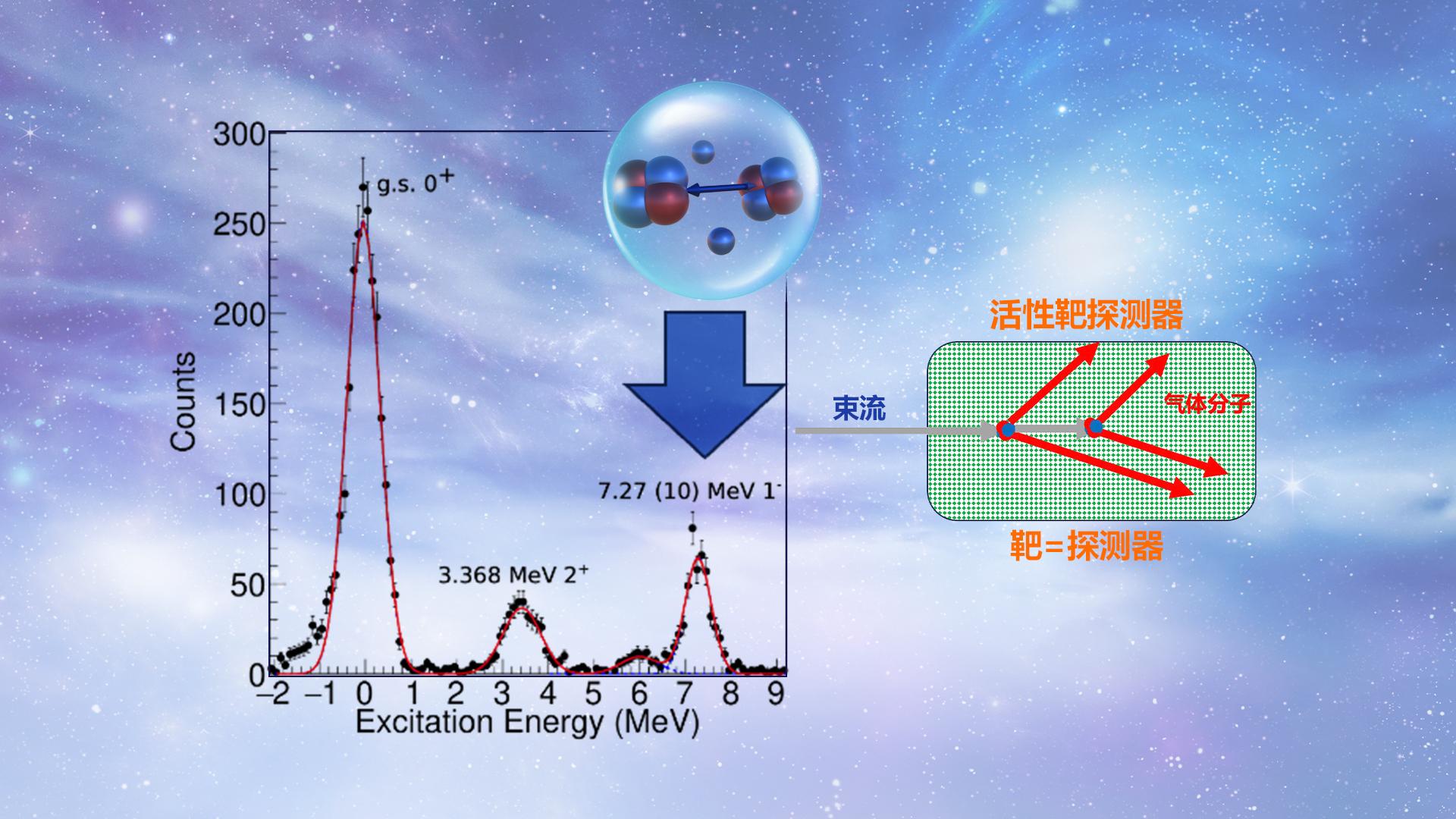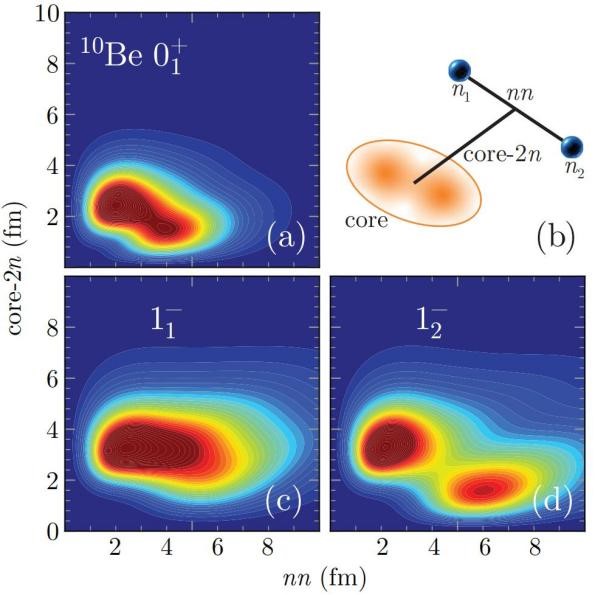The atomic nucleus, as a quantum many-body system, has always been a central topic in nuclear physics due to its complex structure. The strong interactions between nucleons not only form traditional structures such as spherical and deformed nuclei but also give rise to more exotic forms, such as neutron halo nuclei and cluster structures. The emergence of these exotic structures often accompanies the breaking of local symmetry, which may trigger collective excitation phenomena like dipole resonance, serving as a unique probe for exploring the internal dynamics of atomic nuclei.

Dipole resonance is a typical phenomenon describing the collective oscillation of a system under external driving, widely observed in various fields of physical science. In atomic nuclei, the breaking of spatial symmetry can lead to a significant enhancement of dipole resonance, especially in energy regions close to the separation threshold. Among the many exotic nuclear structures, cluster structures attract considerable attention due to their unique formation mechanisms and physical significance. Taking beryllium-10 (10Be) as an example, theoretical predictions suggested the possible existence of alpha particle cluster structures, which have recently been confirmed experimentally. However, a deeper question arises: does the cluster structure in 10Be affect its dipole resonance characteristics?
To address this question, Assistant Professor Jie Chen’s research team from the Department of Physics and the Center for Nuclear Physics and Astrophysics (CNAP) at the Southern University of Science and Technology (SUSTech), in collaboration with researchers from Michigan State University and Argonne National Laboratory, has revealed experimental evidence of the cluster structure and dipole resonance in 10Be. Utilizing the Active Target Time Projection Chamber (AT-TPC) at the Facility for Rare Isotope Beams (FRIB) facility in the United States, they overcame challenges related to triggering and successfully obtained experimental evidence of dipole resonance states in 10Be.
The findings, titled “Near-Threshold Dipole Strength in 10Be with Isoscalar Character”, have been published in the journal Physical Review Letters.
The experimental results indicate that 10Be indeed possesses a four-body cluster structure composed of two neutrons and two alpha particles, and this structure significantly enhances the strength of the dipole resonance. This discovery not only validates theoretical model predictions but also provides new experimental evidence for understanding many-body correlations and collective excitation mechanisms in unstable nuclei.

Figure 1. Two-nucleon density distributions (in fm−2) in Jacobi coordinates as predicted by the GCC for the ground state (a) and low-lying 1−states (c, d) in 10Be. (b) The 10Be nucleus was assumed as a system of a deformed 8Be (2α) core plus two neutrons within the GCC approach.
Assistant Professor Jie Chen is the first and corresponding author of this paper, with Assistant Professor Yassid Ayyad from Universidade de Santiago de Compostela also serving as a corresponding author. SUSTech is the first affiliated institution.
Paper link: https://doi.org/10.1103/PhysRevLett.134.012502
To read all stories about SUSTech science, subscribe to the monthly SUSTech Newsletter.
Proofread ByAdrian Cremin, Yingying XIA
Photo ByDepartment of Physics